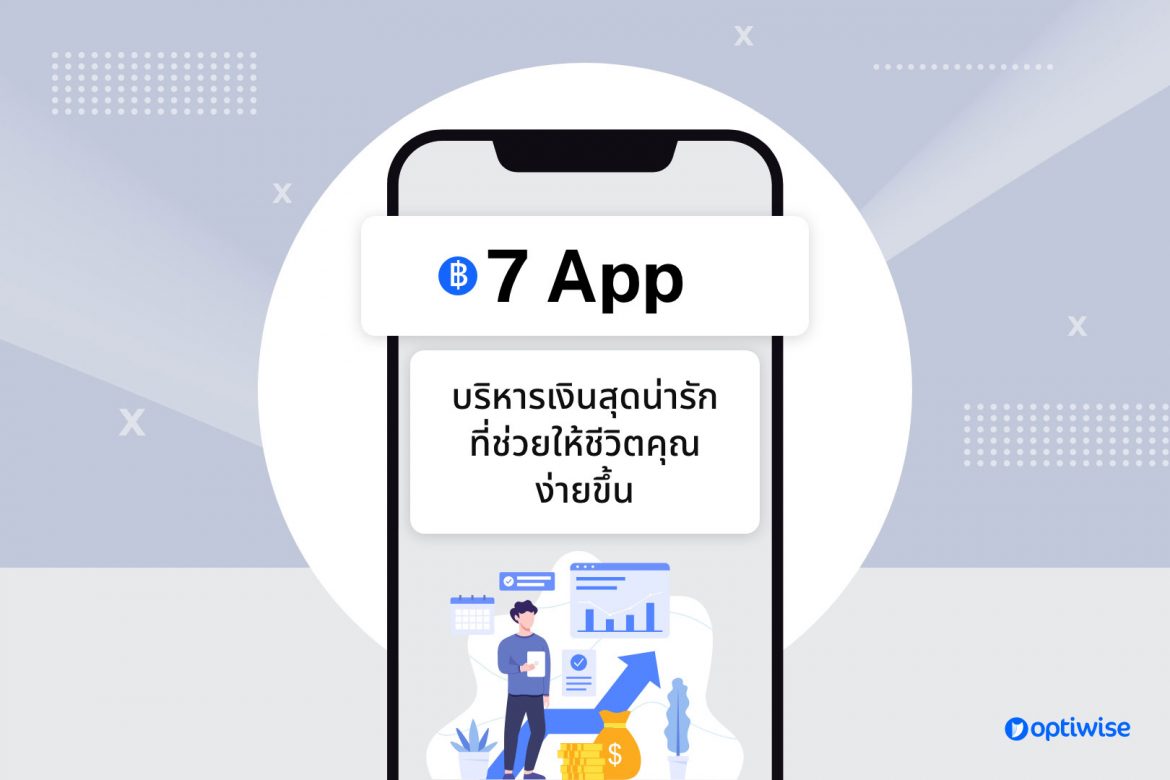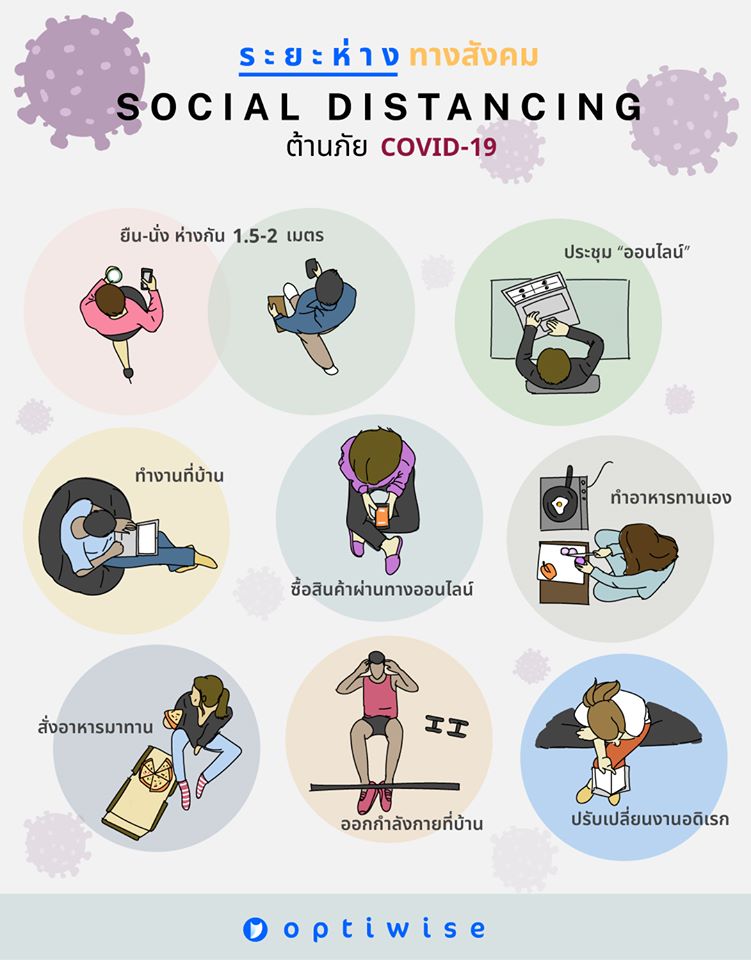What Are the 17 SDGs? A Deep Dive into the Goals for a Sustainable World

The Sustainable Development Goals (SDGs) are a development framework established by the United Nations in 2015. They consist of 17 main goals and 169 specific targets, covering economic, social, and environmental dimensions. The SDGs aim to be achieved by 2030 to promote sustainability, equality, and a better quality of life for everyone worldwide.
Getting to Know SDGs: What Are the Sustainable Development Goals?
SDGs or Sustainable Development Goals are the global development goals established by the United Nations in 2015 as a framework for global development over a 15-year period (2015-2030). The SDGs consist of 17 main goals and 169 targets, covering economic, social, and environmental dimensions of development.
The SDGs build upon the MDGs (Millennium Development Goals), which were the global development agenda from 2001 to 2015. A key difference is that the SDGs were developed through a more open and participatory process, incorporating input from over 8.5 million people worldwide. Furthermore, the SDGs are universal goals that all countries must work towards, not just developing nations.
The importance of the Sustainable Development Goals (SDGs) lies in their role as a "blueprint for peace and prosperity for people and the planet, now and into the future." The SDGs aim to address the world's most pressing challenges, such as poverty, inequality, and climate change, based on the principle of "leaving no one behind."
Achieving the SDGs requires collaboration across all sectors—government, private sector, civil society, and the general public.
- Governments play a crucial role in setting policies and allocating resources.
- The private sector can contribute through responsible business practices and innovation.
- Civil society helps monitor progress and advocate for key issues such as gender equality and climate action.
- Individuals can participate by making lifestyle changes that align with the SDGs in their daily lives.
What Are the 17 SDGs? A Simple Summary of Each Goal
The Sustainable Development Goals (SDGs) consist of 17 main goals that encompass economic, social, and environmental dimensions. The details are as follows:- SDG 1: No Poverty – Aim to eradicate poverty in all its forms, with a target to reduce by half the proportion of people living on less than $1.90 per day by 2030.
- SDG 2: Zero Hunger – Focus on promoting food security, good nutrition, and sustainable agriculture.
- SDG 3: Good Health and Well-being – Reduce maternal and child mortality rates, combat epidemics, and promote mental health.
- SDG 4: Quality Education – Ensure inclusive and equitable access to quality education for all.
- SDG 5: Gender Equality – Eliminate discrimination and violence against women and girls.
- SDG 6: Clean Water and Sanitation – Ensure access to safe drinking water and adequate sanitation.
- SDG 7: Affordable and Clean Energy – Promote the use of renewable energy and energy conservation.
- SDG 8: Decent Work and Economic Growth – Promote productive employment and sustainable economic growth.
- SDG 9: Industry, Innovation, and Infrastructure – Support sustainable industrial development and innovation.
- SDG 10: Reduced Inequalities – Reduce inequalities within and among countries.
- SDG 11: Sustainable Cities and Communities – Promote the development of safe, resilient, and sustainable cities.
- SDG 12: Responsible Consumption and Production – Encourage sustainable production and consumption patterns.
- SDG 13: Climate Action – Take urgent action to combat climate change and its impacts.
- SDG 14: Life Below Water – Conserve and sustainably use ocean and marine resources.
- SDG 15: Life on Land – Protect, restore, and promote the sustainable use of terrestrial ecosystems.
- SDG 16: Peace, Justice, and Strong Institutions – Foster peaceful, just, and inclusive societies.
- SDG 17: Partnerships for the Goals – Strengthen global partnerships to support sustainable development.
Although each goal has a different focus, all 17 goals are interconnected and mutually reinforcing. For example, eradicating poverty (SDG 1) is linked to eliminating hunger (SDG 2) and promoting good health and well-being (SDG 3). Meanwhile, ensuring quality education (SDG 4) helps reduce inequalities (SDG 10) and fosters economic growth (SDG 8).
Globally, there are examples of success in achieving the Sustainable Development Goals (SDGs), such as the reduction of extreme poverty from 36% in 1990 to 10% in 2015. In Thailand, significant progress has been made in various areas, particularly in SDG 1 (No Poverty) and SDG 4 (Quality Education), both of which have already achieved their targets. Additionally, Thailand has made advancements in clean energy (SDG 7), with key initiatives such as the People’s Solar Project, which has signed power purchase agreements with 7,670 participants, with a total installed capacity of 41,791 kilowatts.
Examples of SDG Success at the Global and Thailand Levels
The Nordic countries serve as a prominent example of effective implementation of the Sustainable Development Goals (SDGs). Sweden, Denmark, and Finland rank among the top three in the SDG Index rankings. Sweden has developed the concept of "SymbioCity," which integrates urban management in terms of natural resources, environment, and energy in a holistic manner. Examples include utilizing excess heat from industries for household use and converting waste and wastewater into biogas. Denmark has achieved significant success in waste management, recycling up to 60% of its waste and generating 95% of its electricity from waste incineration.
In Thailand, several key projects align with the SDGs. In the area of clean energy, the Energy Regulatory Commission (ERC) has overseen the procurement of electricity from renewable energy sources under Thailand’s Power Development Plan (PDP 2018 Rev.1). Notable projects include the Household Solar Project, which has already signed 7,670 power purchase agreements, with a total installed capacity of 41,791 kilowatts.
The Thai government has set a goal to eliminate seven types of single-use plastics by 2022. However, achieving this target remains a challenge, particularly in phasing out four specific types of plastic. A key issue is the lack of legal measures to support the initiative, as well as the need to raise public awareness.A crucial lesson from implementing the Sustainable Development Goals (SDGs) is the necessity of policy integration and multi-stakeholder participation. Dr. Surangrat’s comparative study on SDG governance systems found that the level of government commitment is a significant factor influencing SDG Index scores. Countries ranking at the top typically have well-defined plans for SDG implementation.
Citizens can contribute to the SDGs in various ways, such as adopting sustainable daily habits, reducing the use of single-use plastics, using energy efficiently, and supporting eco-friendly products and services. Additionally, staying informed about sustainability issues and participating in community activities that promote the SDGs are other ways individuals can help drive sustainable development goals forward.
Measurement and Monitoring of SDG Progress
The measurement and tracking of Sustainable Development Goals (SDGs) progress is a crucial process in advancing sustainable development objectives. This involves assessment methods at both national and global levels.
At the global level, the United Nations has developed the SDG Tracker, a key tool for monitoring progress across all 17 SDGs. This tool utilizes interactive data visualization to compile information from various sources, including the United Nations, the World Bank, and the World Health Organization (WHO).
For Thailand, the Office of the National Economic and Social Development Council (NESDC) serves as the primary agency responsible for producing national SDG progress reports. The evaluation is based on UN indicators and national strategies to assess the development status of each sub-goal.
Key indicators for each goal vary, such as:- SDG 1 (No Poverty): The proportion of the population living on less than $1.90 per day.
- SDG 4 (Quality Education): Enrollment rates in primary and secondary education.
- SDG 13 (Climate Action): The volume of greenhouse gas emissions.
However, measuring and tracking the progress of the Sustainable Development Goals (SDGs) still face several challenges, including:
- Incomplete data, particularly in developing countries.
- Variations in data collection methods across countries, making comparisons difficult.
- Limited capacity for in-depth data analysis.
- Delays in reporting, which can result in outdated information that does not reflect the current situation.
How can we contribute to the SDGs?
Sustainable consumption is one of the key ways in which the general public can support the Sustainable Development Goals (SDGs), particularly Goal 12, which focuses on responsible consumption and production. People can adjust their consumption habits by considering the value of goods and services and their environmental impact. This includes buying and consuming only what is necessary, reducing the use of non-biodegradable or single-use packaging, and sorting waste to facilitate proper disposal and recycling.
Supporting sustainable organizations and businesses is another way individuals can contribute. This can be done by choosing to support businesses that utilize clean or renewable energy in their production processes, purchasing products from stores that use biodegradable and reusable materials, and using energy-efficient and environmentally friendly transportation services.
The business sector plays a crucial role in driving the Sustainable Development Goals (SDGs) by leveraging its core capabilities and expertise to foster engagement and community development. Businesses can integrate SDGs into their strategies and operations, particularly multinational corporations and large enterprises, which should adopt sustainable practices and incorporate sustainability data into their corporate reporting cycles.Technology and innovation are key enablers in achieving SDGs, with artificial intelligence (AI) playing a particularly significant role in solving complex problems and navigating an unpredictable future. Examples of AI applications supporting SDGs include Rewire, which combats online hate speech; ASMSpotter, which monitors illegal mining activities; and NASA Harvest, which provides data to enhance food security.
The future of SDGs faces significant challenges, particularly in environmental issues and inequality. Achieving the targets by 2030 requires collaboration from all sectors, including government, private enterprises, civil society, and the general public. A key challenge is integrating policies and fostering genuine participation, alongside advancing technology and innovation to accelerate progress toward SDGs within the set timeframe.
The Future of SDGs: Directions and Challenges Ahead
The Sustainable Development Goals (SDGs) are facing significant challenges in achieving their targets by 2030, particularly in environmental issues and inequality. According to the SDG Index 2024 report, only 16% of the SDG sub-targets are projected to be met globally by 2030, while 84% are either facing limitations or experiencing a reversal in progress.
Climate change remains a major challenge affecting multiple SDG targets, particularly SDG 13 (Climate Action), which continues to face difficulties. Greenhouse gas emissions are still rising, leading to more severe natural disasters that threaten food security (SDG 2) and public health (SDG 3).
Economic and social conflicts pose significant challenges to achieving the Sustainable Development Goals (SDGs), particularly SDG 10 (Reducing Inequality) and SDG 16 (Peace, Justice, and Strong Institutions), both of which remain highly challenging. The COVID-19 pandemic has further exacerbated economic and social inequalities.
However, there are promising trends in driving SDGs forward in the future, such as:
- The use of technology and innovation, particularly Artificial Intelligence (AI), to address complex problems and navigate an unpredictable future.
- The integration of SDGs into national policies and planning, especially in countries where governments demonstrate strong commitment.
- The increasing role of the private sector in advancing SDGs by embedding sustainability goals into corporate strategies and operations.
- Raising public awareness and participation through behavioral changes in daily life, such as adopting sustainable consumption practices.
About Optiwise
Optiwise offers Investor Relations & ESG consulting services, corporate website design, and IR website development. We also provide advisory services for initial public offerings (IPOs) and assists in preparing disclosure documents for public companies. Additionally, our public relations efforts aim to build credibility and enhance the corporate image.
For more information about Optiwise's services, please contact us here.


